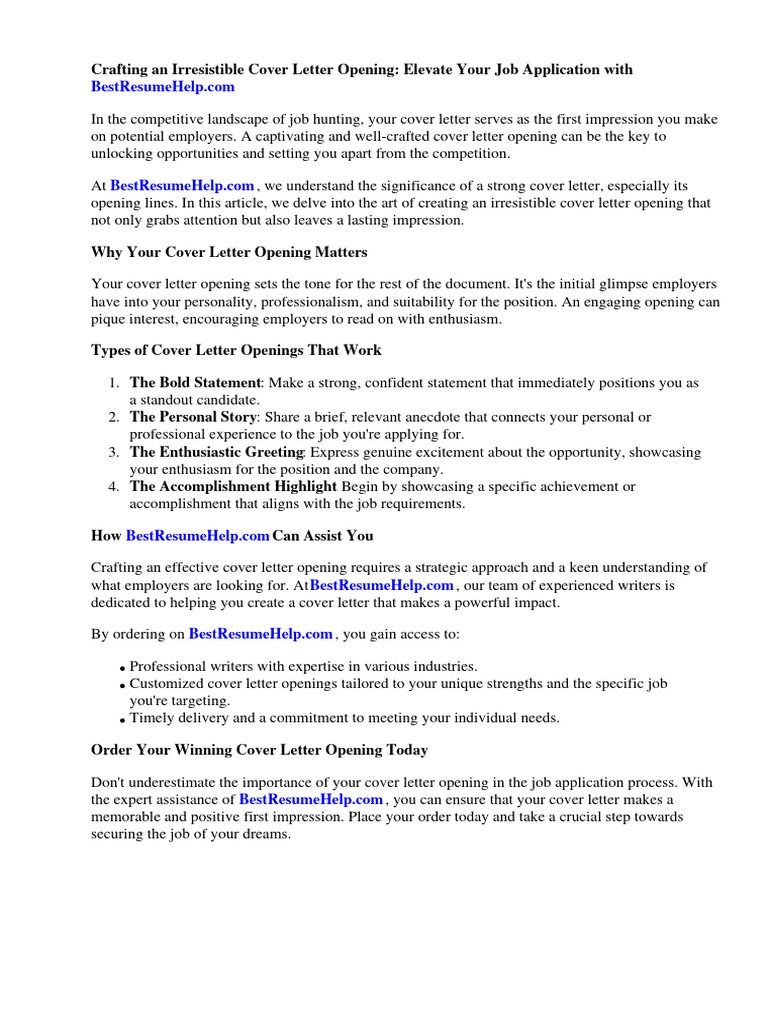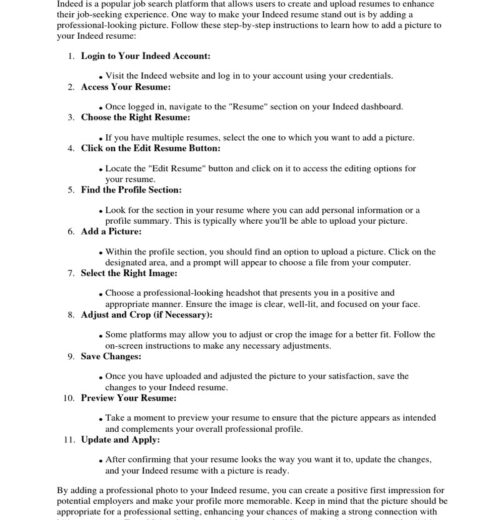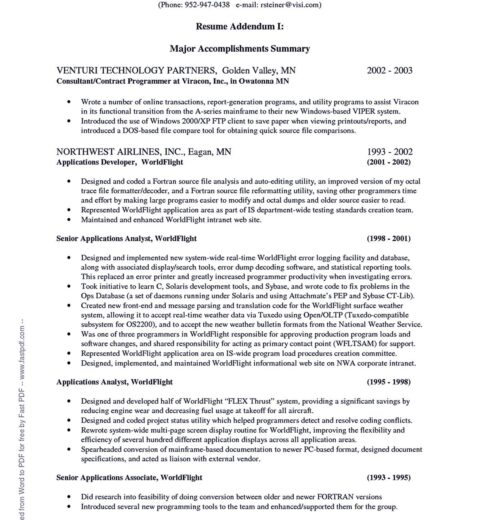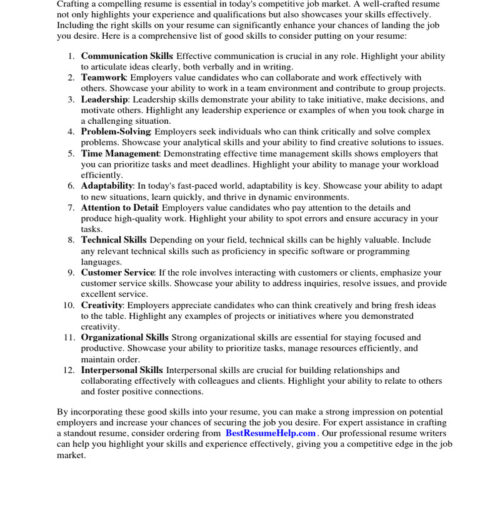Creating a cover letter for your resume is a crucial step in the job application process. It serves as an introduction to your professional background, highlighting your skills and experiences while addressing a potential employer’s concerns and requirements. A well-crafted cover letter can effectively open doors to interview opportunities and assist in distinguishing yourself from other applicants. This guide will explore how to create a cover letter that not only captivates attention but also resonates with hiring managers.
Understand the Purpose of a Cover Letter
A cover letter should be viewed as a compelling narrative that complements your resume. Its primary purpose is to elucidate what makes you a suitable candidate for the position. While your resume provides a factual overview of your qualifications and career history, the cover letter offers a chance to convey your personality, explain gaps in employment, and articulate your enthusiasm for the role. By strategically addressing the employer’s key concerns, you can create a more impactful application.
Research the Company
Before you begin drafting your cover letter, conduct thorough research on the prospective employer. Familiarize yourself with their mission, values, and culture. Understanding the company’s objectives will allow you to link your qualifications to their specific needs, thereby demonstrating your genuine interest in the organization. Websites, social media profiles, and recent news articles can provide valuable insights into what the company values most in its employees.
Adopt the Right Tone
The tone of your cover letter must align with the company’s culture. For a corporate setting, a formal tone may be appropriate, while a startup might appreciate a more casual, conversational style. Regardless of the tone, professionalism should always be maintained. Use clear language and avoid jargon that may confuse the reader. Personalize your greeting whenever possible, addressing the hiring manager by name to establish a connection.
Structuring Your Cover Letter
1. Header: Begin with your name, address, phone number, and email at the top of the document, followed by the date, and then the employer’s contact information. This establishes a professional presentation and makes it easy for the employer to reach you.
2. Opening Paragraph: Your opening should grab the reader’s attention. Start with a strong statement about your passion for the role or a notable achievement relevant to the position you’re applying for. Make sure to mention the job title and how you heard about the opportunity.
3. Middle Paragraph(s): This section should delve into your qualifications, explaining how your experiences relate to the job description. Use specific examples to illustrate your skills. For instance, if the job requires leadership, narrate an instance where you successfully led a project. Highlight any relevant technologies, methodologies, or practices that display your competence.
4. Addressing Employer Concerns: A critical aspect of your cover letter is to preemptively address any potential concerns the employer may have. If there are gaps in your employment history or if you are transitioning to a new industry, clarify these situations proactively. Emphasize the transferable skills you possess that would benefit the role you are applying for.
5. Closing Paragraph: Reiterate your enthusiastic interest in the position while expressing gratitude for considering your application. Conclude by inviting the employer to contact you for an interview, and indicate your availability, if applicable. Strong closure can reinforce your eagerness.
Proofreading and Editing
A cover letter teeming with typos or grammatical errors can detract from your professionalism. After drafting your letter, take time to revise it meticulously. Read through your letter multiple times, and consider tools like grammar checkers for additional support. Moreover, seeking feedback from peers or mentors can offer fresh perspectives and highlight areas for improvement. The goal is to craft a polished document that reflects your best qualities.
Common Mistakes to Avoid
Avoid using generic templates. A cover letter must appear tailored for each specific application. Refrain from reiterating your resume; instead, elaborate on key points with personalized stories and insights. Also, avoid excessive length—aim for a single page that conveys your message concisely without meandering. Finally, ensure that your contact details are correct, as mistakes can hinder communication opportunities.
Conclusion
A well-constructed cover letter can be the difference between securing an interview and being passed over for the role. By demonstrating an understanding of the company’s ethos, adopting an appropriate tone, and strategically structuring your letter, you can effectively address an employer’s concerns. Ultimately, assurance in your qualifications, combined with a passionate presentation, not only makes a lasting impression but also paves the way for new career opportunities. Investing thoughtful effort into your cover letter is essential in your pursuit of employment success.




